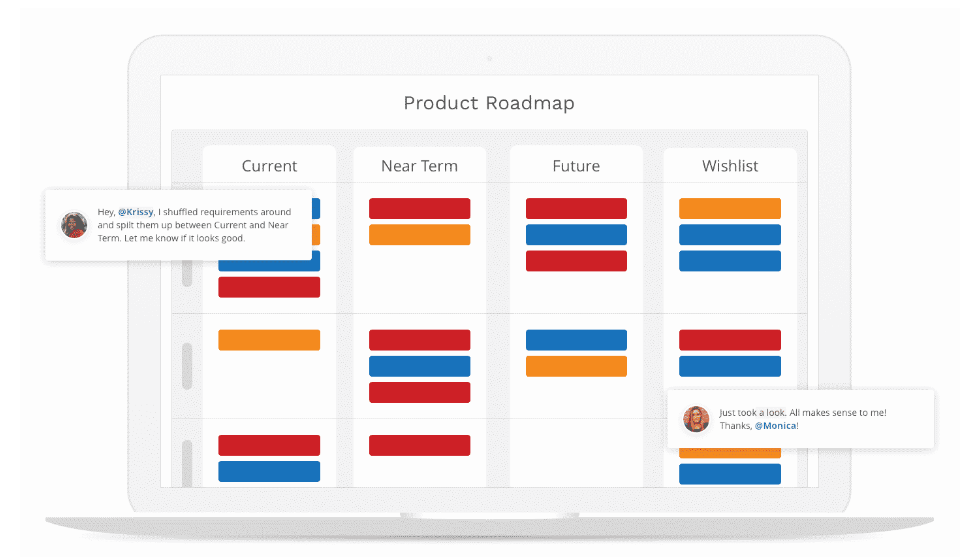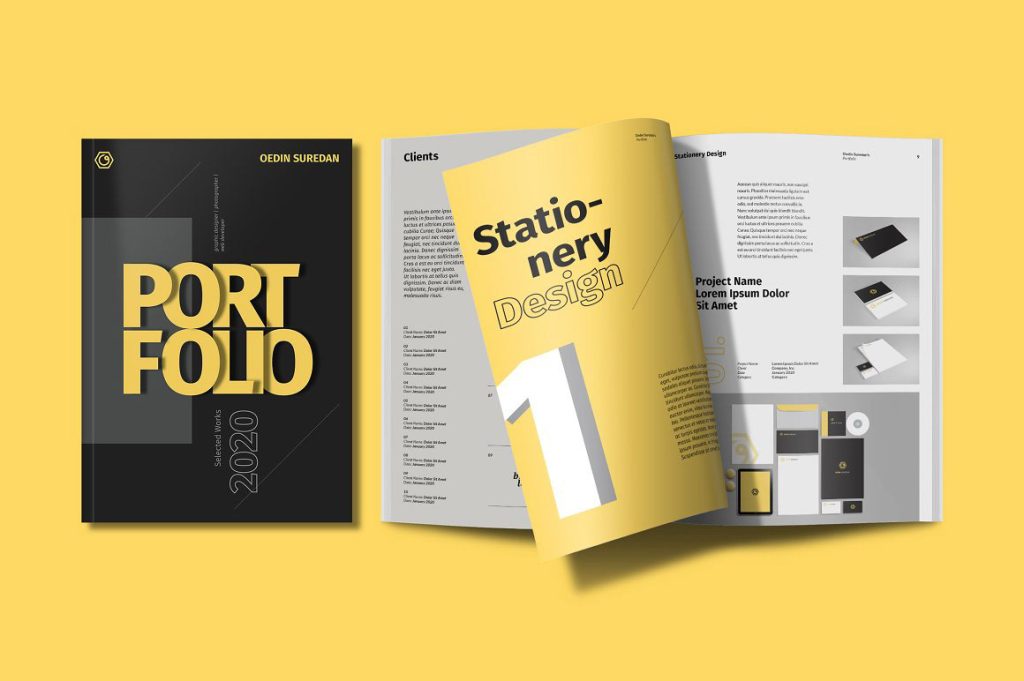It’s time to complete your agile transformation after you’ve altered your teams and focused thought and behaviour on value generation. In this final stage, organisations will restructure themselves to reflect the lessons learned during the transformation thus far and to maximise their capacity to act independently in pursuit of common objectives.
A tool for achieving the end-to-end attitude that drives speed and agility is your virtual organisation. Teams can change their thinking and behaviours without the burden of reorganisation by tying together the value generating processes in each department.
Your virtual organization will eventually run out of room to support rapid expansion, though. Teams will require assistance from an agile architecture and a value-based organization in order to continue accelerating.
The ability to make strategic decisions is the basis for growth in the modern world. Organizations must take the final step to make virtual learnings a reality and restructure themselves to enable an end-to-end method of working in order to realize agility at the enterprise scale. Organizations will only attain the speed and attention essential for ongoing growth if this agile foundation is in place.
How can organizations ensure success?
Business leaders must act as the engine that transforms agile thinking into agile structures and architecture for your transformation to succeed. The hardest parts of your transformation—changing your organizational practices and mindset—were the emphasis of the first two stages. This stage focuses on fostering these changes using a structural operating model and cutting-edge architecture that enables end-to-end value chain optimization.
In order to complete this phase, leaders must encourage their organisations to take ownership of end-to-end outcomes when they notice that virtual efforts are stagnating. Getting rid of silos and making teams responsible for value-driven KPIs and the combined end-to-end result of their work are necessary for this. To make sure that agility is the foundation of your firm and is not reliant on corporate culture or individual mindsets, a physical restructure is required.
You will be faced with the issue of reorganizing your organization’s top levels around end-to-end thinking during this phase. You may attain enterprise-level agility by overcoming these obstacles and facilitating the procedures that have already been set in place.
Challenge #1: Changing an organization to one that is product- or service-based
As we’ve learnt throughout this series, agility results from providing customers with the most value in the most effective manner. Your organizational structure must be rooted in the entire lifetime of your good or service in order to do this. Your virtual company has taught you how to cultivate end-to-end thinking up until this point. You are permitted to describe your organization’s products, services, and lifecycles.

Identify a strategy for producing the best product in the least period of time.
It’s time to put your newfound knowledge into action and turn your imaginary setup into a reality. Heads of siloed departments like marketing, sales, and operations are now in charge of their product’s whole lifetime as product leaders. Teams are created based on contributions made at each stage of the value chain rather than technical knowledge. Your teams will consequently develop into interdisciplinary powerhouses capable of managing the totality of their product.
The secret to success is maintaining the high levels of expertise and alignment of your traditionally separate disciplines while embracing the flexibility and speed of end-to-end management. Leaders must therefore make certain of the following while putting this change into practice:
Maintain professional standards and specific specialties while continuing to work in product lines rather than designated departments.
Maintaining larger contracts and adjusting techniques to meet product-specific messaging can help you continue to expand your expertise.
Combining economies of scale with a high level of competency is difficult. In a large department with a high concentration of resources and knowledge, expanding on expertise is significantly simpler. Creating specialized practice groups is a typical strategy for fostering discipline expertise.
The employment of Squads, Tribes, Guilds, and Chapters by Spotify to identify their team structure is a well-known illustration of this.
We have discovered that setting out time for information exchange is essential to the effectiveness of this strategy. While Product Leads may be tempted to have their finest employees concentrate full-time on the priority for their products, doing so runs the danger of crucial domains of expertise becoming stagnant.
The time allotted for creating expertise should be fixed and in line with the overarching strategic goals and roadmaps, as agreed upon by the product leads and expertise leads.
Challenge #2: Portfolio management for agile thinking
Traditional portfolio management is no longer relevant in today’s fast-paced environment, much as traditional departments are. Organizations must integrate the pillars of flexibility and value generation into their portfolio strategy in order to practice agile governance of investments. This entails matching investments with end-to-end product lines and striking a balance between short-term flexibility and a long-term vision.
Organizations must: in order to do this

Establish distinct strategic priorities and incorporate them into roadmaps for product lines.
Enterprise leaders should establish a comprehensive strategy that unifies all product lines. It is unproductive for specific product lines to concentrate on cost management if the overarching aim is to pursue market expansion.
To set a clear strategy for their product line, owners from across the entire value chain must come together. These goals will be specific and value-driven with a flexible plan to attain them thanks to your work thus far in this transformation. Instead of being unique efforts, these objectives become your investment opportunities.
Shift capacity to the most strategic product lines
Even if it seems counterintuitive considering that we previously advocated for solid product-based organizations, Product Leads’ flexibility is crucial for ensuring that enterprise strategy is fully achieved.
Not all product lines can contribute to the overall plan equally, effectively, and efficiently. Using the market growth example again, product-based teams operating in less competitive markets may be given more funding to invest in their roadmaps because their portfolios are assessed to be worth more (and hence contributing to growth) than those of other teams.
Managing the shifting of capacity is a crucial ability in order to ensure that every product line has its organization and has time to expand.
We suggest establishing precise guidelines and bounds. Allow a grace time between funding adjustments so that hiring and team building can take place in preparation for scaling up or down, and avoid doing so all at once.
The goal is to strategically replicate what your team has already accomplished. Put value-driven goals first and let go of arbitrary milestones. Allow for some flexibility along the way to reaching these objectives, letting value direct your development
The agile components of your business can be combined by reflecting these values in your portfolio management. This will enable teams to take ownership of their products while bringing them all together in a single strategic direction. Your organization will accelerate if you delegate more authority and work more end-to-end. But you can only develop this speed into full organizational agility by integrating your end-to-end thinking with your core investment plan.
Case Study – Cloud-based Workforce Solutioning To Evolve Traditional Hiring Process Via Agile Thinking (The BX of having a no-fuss candidate searching and hiring system for semi-skilled workforce)
The Challenge:
The main business requirement was that employers could easily search and filter candidate databases and establish contact with the employee. The employees on the other hand will make a free profile and wait until they are contacted. Currently, there is no software solution implemented by the client to meet this requirement.
The Solution:
In order to achieve this, Kilowott came up with an end to end solutioning. The proposal was to implement a fully responsive application complete with well defined user roles and dashboard for the administration to create and maintain the users.
The application consists of three business flows.
- – An employer based application to filter and view candidate profiles, and initiate chat with potential hires.
- – A candidate based application allowing to create profiles and chat with employers.
- – The ability for the administration to create and maintain user profiles.
- – Since there was no software existing with the client, this application helps in creating a complete online solution.
- – It is an easy to use lite platform which is available on smart devices and has increased the traffic inflow.
- – Implementation of the new system has provided seamless end-to-end solutioning for the business.
- – With one system catering to all the users in the process, real time updation and upkeep of the data is possible.
Challenge #3: Decoupling technology for agile thinking
After agile approaches have become commonplace among teams, there will come a point when their reliance on technology will limit their ability to succeed. Multiple systems are involved in end-to-end processes for many firms, and because of their interdependencies, product teams still need to work together. Although you’ve overcome organizational silos, your company’s technology architecture still prevents you from making quick changes.
Organizations must adapt their technical architecture to fit within their agile enterprise structure in order to support their teams’ end-to-end efforts throughout this final stage of the transformation. To prevent changes in one system from having an impact on your entire workflow, this means rethinking how systems are created, connected, and communicate.

To enable autonomous teams, use the cloud
The cloud is a crucial tool for enabling team autonomy. Those who want to quickly implement new ideas are hampered by the bottleneck dependency that traditional IT infrastructure produces. Technically and organizationally, this infrastructure responds slowly. Agile teams are made possible by the cloud, which neatly compresses all the technological intricacies of servers, environments, and databases into services. This enables product lines to autonomously manage their IT resources and move at the required pace.
Cloud technology not only enables practical and economical means to divide huge systems into micro-services but also decouples teams with deep technological understanding from those teams who are focused on producing products. Prior until now, the majority of businesses had to develop monolithic systems to support important links in their value chain.
Due to their size, these traditional systems are difficult to modify. What’s more, they continue to need centralized teams or a significant amount of overhead to manage dependencies and priorities for all the various business lines that rely on the outdated design. Change can be effected much more easily and autonomy can be upheld much more easily by dismantling the monolith into smaller components that solely support particular portions of the value chain.
Smart endpoints, dumb pipes
Be sure to adhere to the “smart endpoints with dumb pipes” paradigm when rebuilding the integration of your systems. Information systems become slower and more reliant on one another as they attempt to calculate and communicate more. Platforms can communicate only when and as much as is necessary without being slowed down by processing or data storage when they are connected through APIs. Smart endpoints get this raw data message and choose their own course of action.
All of the systems’ intellect is contained within them; it is not shared through intercommunication. This enables your platforms to become independent decision-makers, relieving your organisation of technical dependencies and enabling teams to quicken and increase the flexibility of their end-to-end processes.
Realizing your technical transformation
We’ve discovered benefits to a more strategic pace, even though some of these technology measures can be implemented in the early stages of your transition. The implementation of cloud-based, API-integrated microservices needs a big financial investment as well as a considerable shift effort. Three advantages come from beginning this transition with teams that have completely embraced agility
The organization deals with a smaller volume of change at a time
An organization that has welcomed rapid change will find that modernizing technology is considerably simpler to implement.
Although still time-consuming, organizational reform typically results in more of a fast victory and can help you overcome upcoming difficulties.
Improving your organization’s agility
The key to your agile transformation will be to centre your operations and processes around end-to-end value.
Your organisation will change its mentality, behaviours, and ultimately practises via this process to promote actual value creation. You can develop and deliver goods and services that are better suited to the market if you keep this focus.
Organizations must restructure in a way that enables them to chase what is valuable and continuously apply learnings in order to enable agile techniques to fuel growth. These adjustments begin modestly within teams and can progressively be scaled up to impact the entire company.
Your company can be restructured rather easily. However, real changes in behavior within those institutions are what lead to real results. According to our expertise, agility starts with a mental shift and progresses by bringing all of your organization’s agile components together to maximize your end-to-end outputs.
This final step will make sure that your transformation is well-established within your company and will prepare the ground for agile practices to support your expansion.
Need help with agile thinking to grow your business revenue? Let’s talk!






